The weather & climate in Tan Hoa, Minh Hoa area
Quang Binh's climate and weather
Vietnam's North Central Coast contains the province of Quang Binh, which has a narrow landscape running west to east (in some places it is only about 50 km from the coast to the Laos border). The tropical monsoon climate of Quang Binh is directly influenced by both the North and the South, with two distinct seasons:
- Rainy season from September to March of the following year. The yearly rainfall ranges between 2,000-2,300mm. September, October, and November are the wettest months.
- The dry season, with average temperatures of 24-25 degrees Celsius, from April through to August. June, July, and August are the three months with the highest temperatures.
Nevertheless, some specific regions in Quang Binh, like Phong Nha - Ke Bang and Tan Hoa (Minh Hoa), still experience all four seasons (spring, summer, autumn, and winter) in a single year.
The climate, weather in Tan Hoa village and Minh Hoa
In the northwest of Quang Binh province is the mountainous district of Minh Hoa. About 70 kilometers west of “Phong Nha - Asia adventure tourism center” is the mountainous commune of Tan Hoa in the Minh Hoa district. This region has a tropical climate with two distinct seasons: the rainy season and the dry season. The tropical monsoon climate also has a significant impact on the local weather. The climate of South Asia and Southeast Asia is typical of the hot zone. With respect to the wind season, there are variations in temperature and rainfall.
However, the four seasons (spring, summer, autumn, and winter) are still fully present in Tan Hoa and Minh Hoa's climate during the year. High temperatures, high humidity, and lots of rain in the Tan Hoa – Minh Hoa region provide ideal conditions for the growth of wet-rice cultivation, intensive farming to boost crop yields, and crop and livestock diversification.
Additionally, Tan Hoa's geographic location in a low-lying valley bordered by high limestone mountains causes the water to rise quickly during the rainy season but exit very slowly. This is due to the only outlet being through the cave systems.
Because of this, the Tan Hoa – Minh Hoa region is known as Quang Binh “flood central” where residents always struggle to cope with flooding.
When flood waters surged in earlier years without a system of floating houses to protect against them, local residents had numerous challenges in their daily lives. 200 floating homes have been constructed to aid residents of Tan Hoa in learning to "live with the flood" since Oxalis launched the Tu Lan Race program and rallied numerous other groups and persons. Tan Hoa residents currently feel quite at ease “living with floods” when the water level rises to inundate their homes.
Every year, tours to explore the Tu Lan cave system in the Tan Hoa region run from the middle of (or early) November until the middle of September. From September 15 to November 15 water caves and low-lying caves will be closed due to the risk of flooding. Tu Lan Experience (TL1), Hang Tien Endeavor (HT2), Tu Lan Cave Encounter (TL2) and Hang Tien Discovery (HT1) are a few excursions created primarily to explore high-altitude dry caves that can sometimes still run throughout the wet season.
Although Phong Nha and Tan Hoa are both in the province of Quang Binh, Da Deo Pass, which is on the Ho Chi Minh Trail, separates them, causing their climates to change slightly. As a result, your experience on trips in the two locations will also differ. The days appear to be cloudy and rainy, although after passing over Da Deo Pass, it might start to get warmer. Visitors will notice this difference as they get closer to the summit of the mountain pass.
A unique experience of each season at Tu Lan Cave area
The weather and climate of Tu Lan cave system will bring different experiences each season for visitors.
Spring: Typically lasts from the end of March to early June. The weather in Tan Hoa village - Minh Hoa commune is starting to warm up, but it's still not too hot. The tours take place primarily in the forest, and this is the season to enjoy the spring flowers. Additionally, many butterflies with a wide variety of vibrant colors breed between the months of April and May. When traveling to visit the Tu Lan cave system, you will often see clouds of butterflies floating along the roads from Phong Nha to Tan Hoa or from the Oxalis Tan Hoa office to the campgrounds.
March might occasionally be a little chilly, which makes hiking treks incredibly pleasant and refreshing. The weather also makes swimming in rivers not too chilly.
Summer: There are often sunny days every day from June through to the end of August, and the outside temperature ranges from 27 to 37 degrees Celsius. However, this does not affect the tour as much as two thirds of the time is spent in caves or under trees, where the temperature is steady between 22 and 25 degrees and the breeze is cool. So it won’t be too hot. The benefit of taking the tour during the summer is that guests can happily swim in the cave streams and lakes as well as at the campgrounds.
Each campsite experiences an average summertime temperature between 27 and 37 degrees Celsius. In the summer, extra battery-powered fans are provided for visitors in their tents.
Autumn: The months of September through November. Storms and flooding are frequent features of the Tu Lan-Tan Hoa weather. Because of this Oxalis Adventure does not offer river cave exploration tours from mid-September to mid-November (depending on local weather conditions). In contrast, there are a few dry caves in the Tu Lan–Hang Tien region that are unaffected by floodwater and are still open to exploration.
Winter: Lasts from December through the end of February. In the middle of November, Oxalis Adventure will reopen its trips in the Tu Lan-Hang Tien region. Temperatures in Tu Lan in January and February will range from 19 to 23 degrees Celsius, with sunny days interspersed with cold, rainy days. The main activities of the excursions, however, are caving and hiking in the forest, so you'll constantly feel warm. When the temperature falls below 18 degrees Celsius, boats or rafts will be used to transport people to avoid swimming. Additionally, visitors will be provided with extra sleeping bags to stay warm during the colder months, or they can enjoy a sauna in the center of the forest at Oxalis campgrounds.
The weather in Tu Lan in January and February is excellent for hiking through the forest and swimming or rafting through water caves. Visitors can enjoy the sunlight streaming into Kim cave, Song cave, and Rat cave on sunny days.
The best time to take a Tu Lan tour
There are many questions related to "when is the best season to go to Tu Lan?". Besides summer, many people think that the best time to explore the Tu Lan cave system is in March and April. However, in fact, each season, each time has its own attractive highlights and unique features for you to choose, explore and experience. The best time for your tour can be chosen based on your requirements or preferences. The best season to explore caves and go hiking is from November to March, when pleasant sunny days alternate with cooler days with cold air flowing from the North. Visitors can enjoy numerous varieties of wildflowers blooming throughout the mildly warm months of April and May, as well as butterflies fluttering through the air. The hottest summer months are from June to August, but not always. The temperature in the cave, where most visitors spend their time, ranges from 22 to 25 degrees Celsius, making it completely comfortable. Visitors are free to swim in streams, lakes inside caves, or at campsites during the summer.
The Oxalis Experience.
Whether you prefer long treks, camping in a cave, sleeping under the stars in the jungle, swimming underground in river caves, explore the huge dry caves or just taking an exploratory day trip, Oxalis Adventure Tours can provide the right amount of adventure just for you.



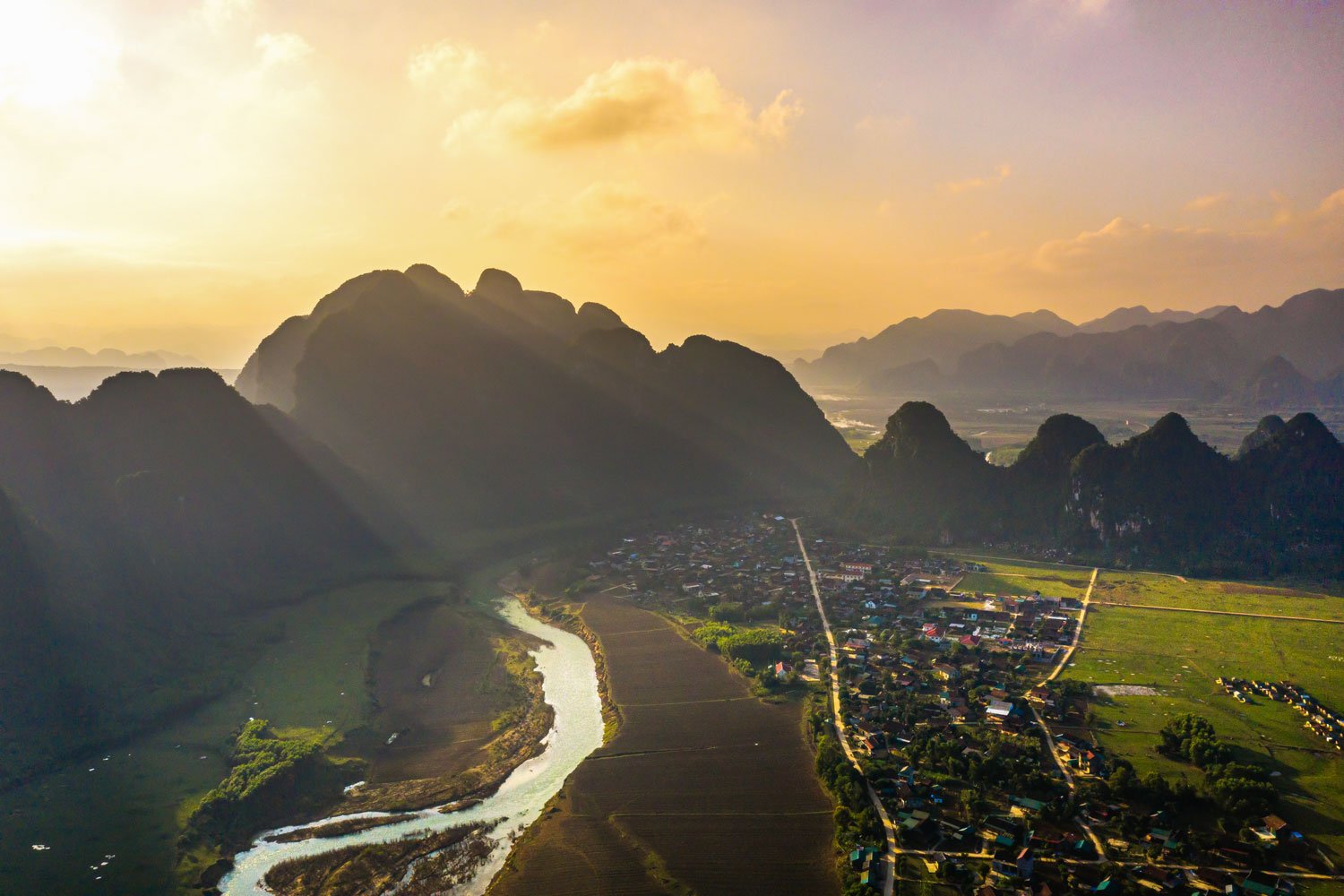
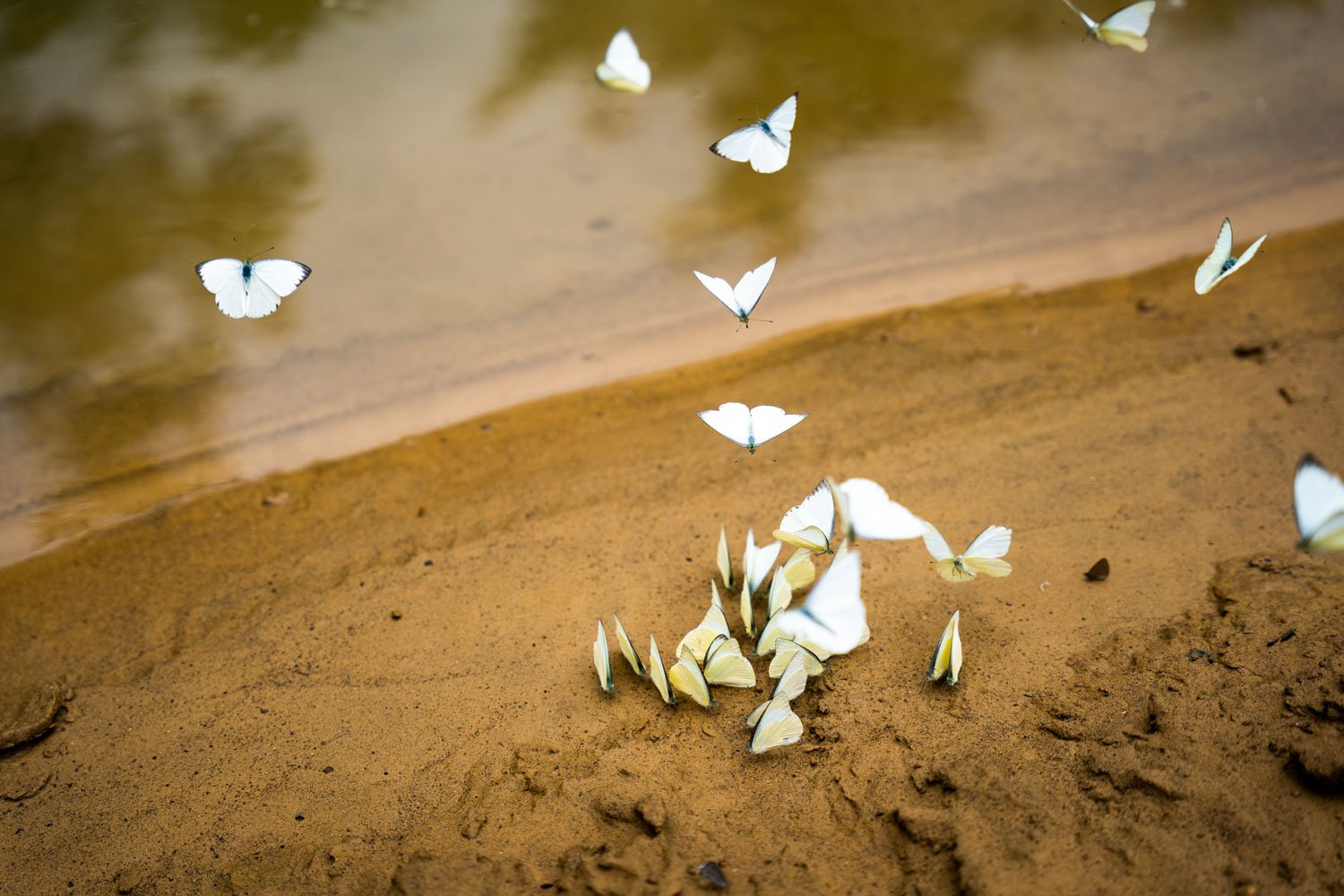

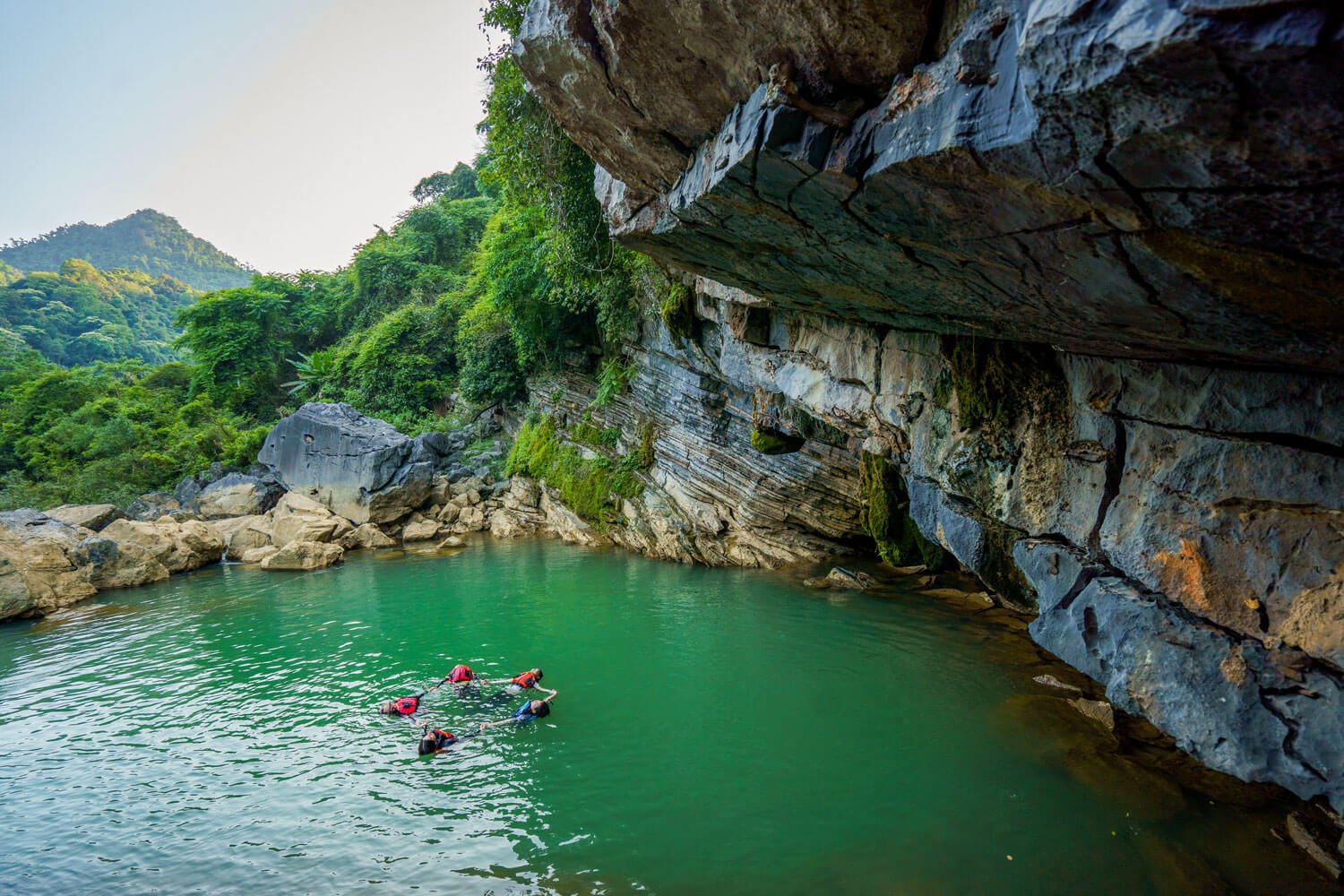

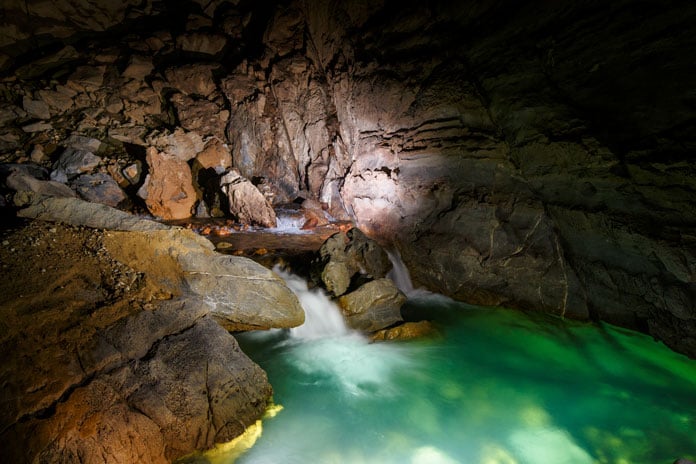
__637740499994967442.jpg)
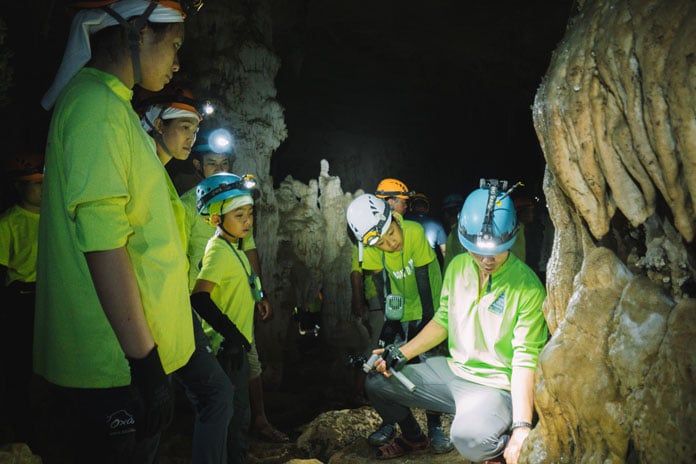
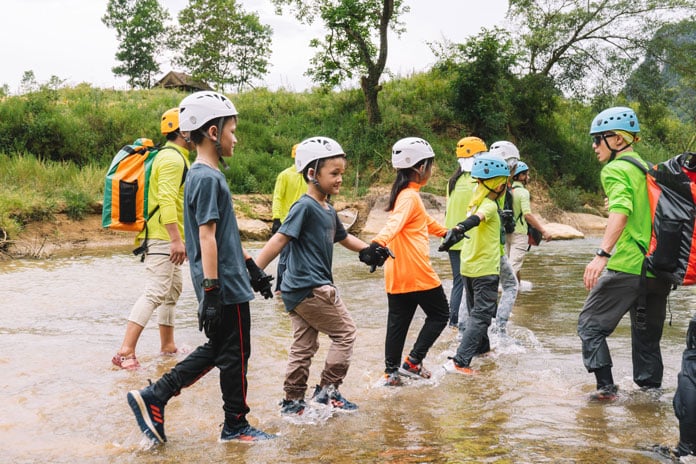
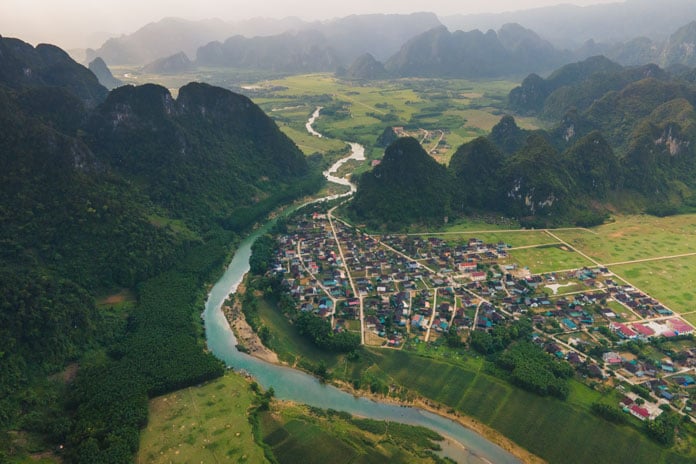
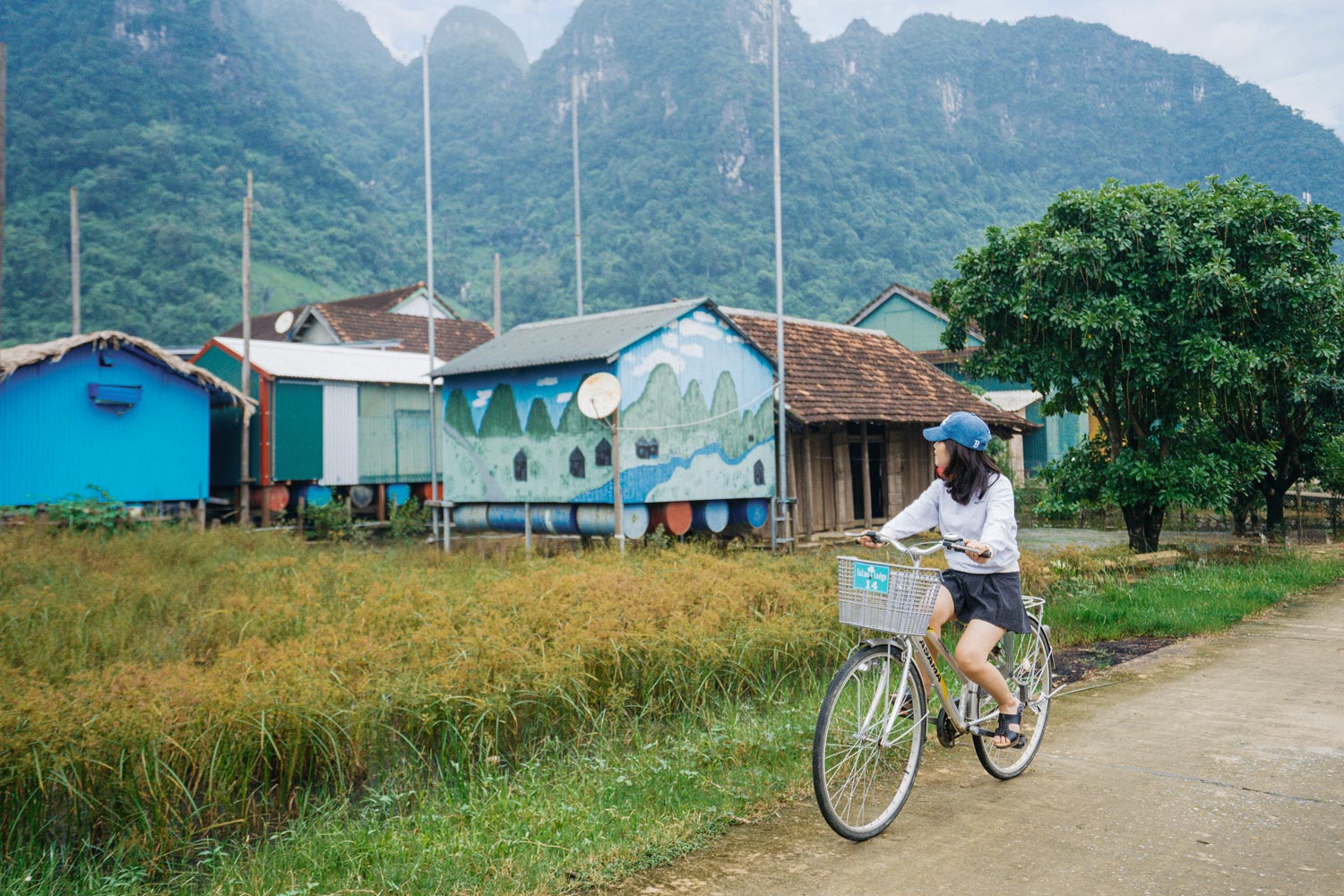
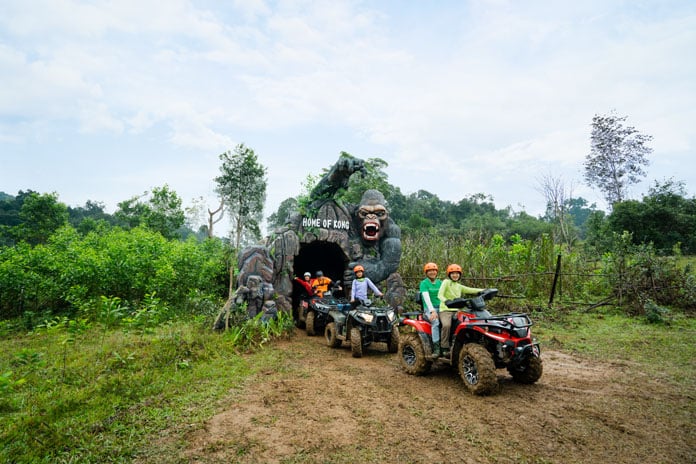
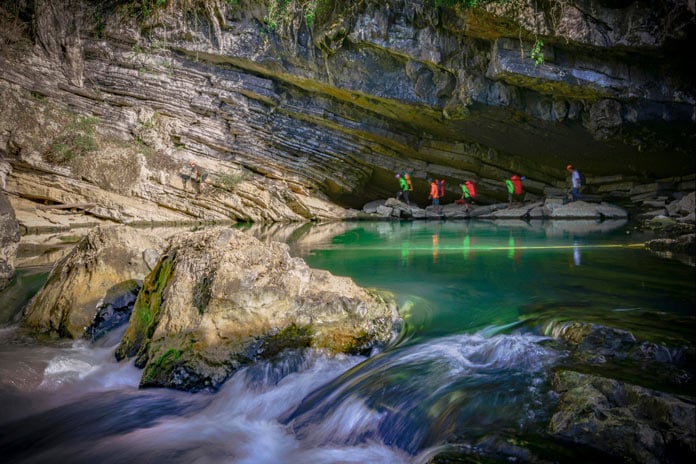
__637051767008903435.jpg)
__637051765075307793.jpg)
__637051774329206026.jpg)
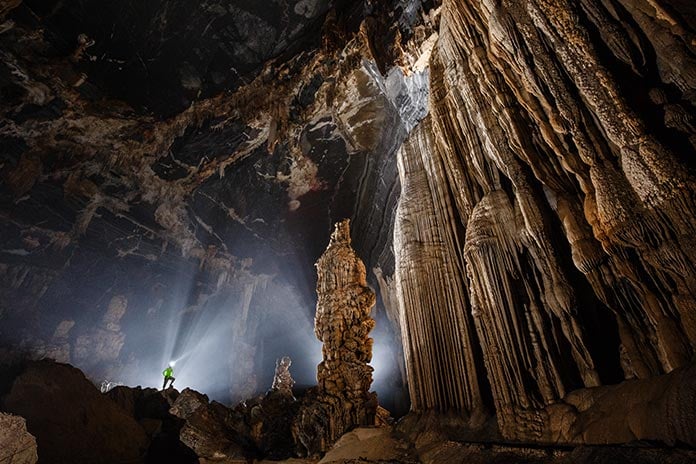
__637051782550081035.jpg)
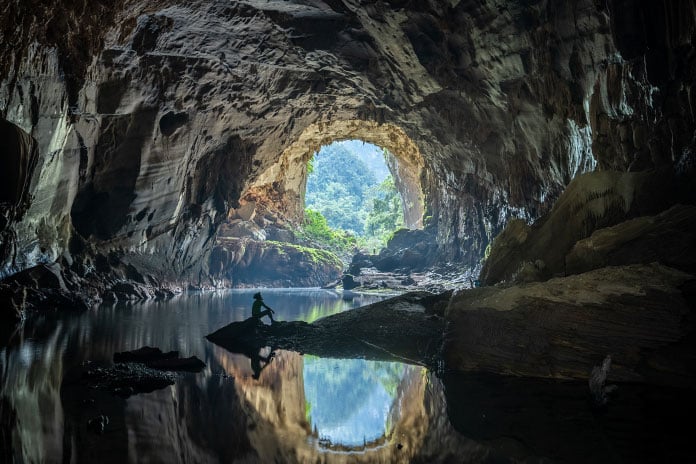
__637051777074859032.jpg)
__637051780703588520.jpg)
__637051781488596056.jpg)